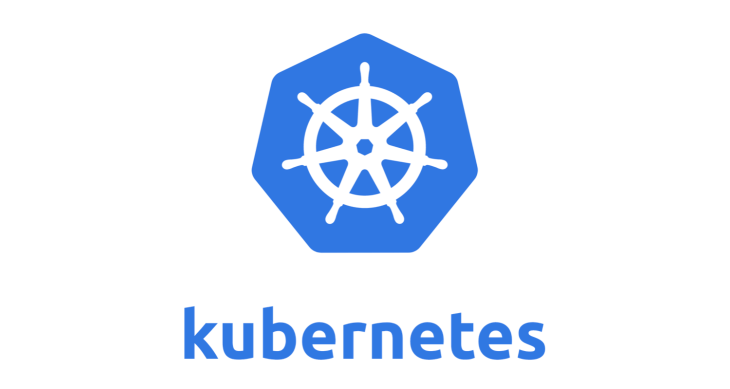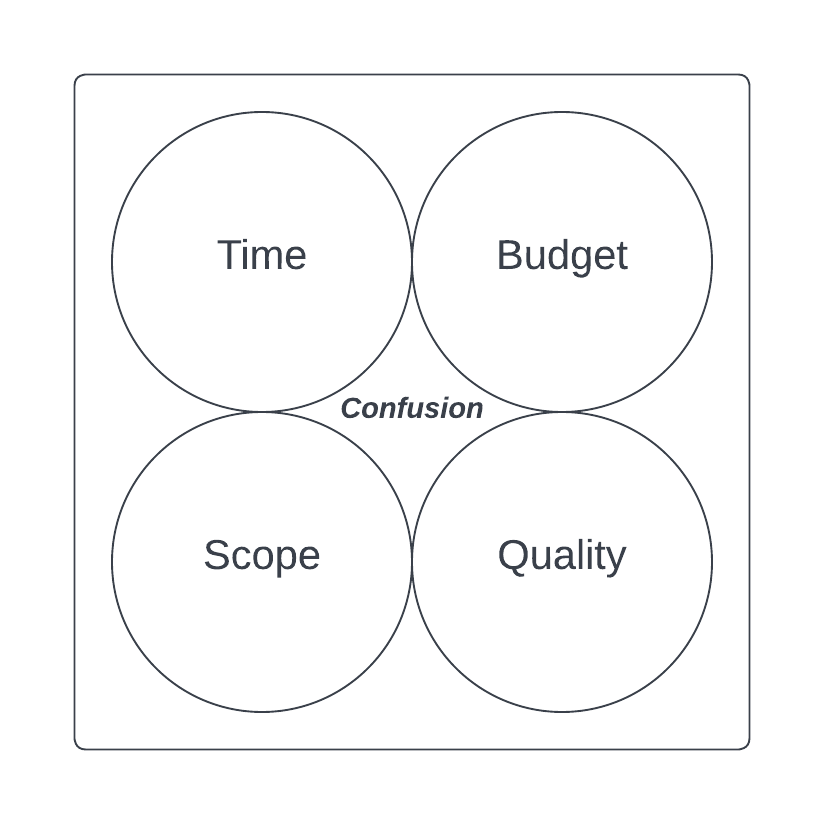
In today’s fast-paced technology landscape, businesses constantly seek ways to innovate, adapt to changing market dynamics, and deliver software faster than ever. However, in the modern day, where regulation, security and compliance requirements on business continue to rise, the need for control and security can often seem at odds with the desire for innovation and agility.
Is it possible to have the best of both worlds? This blog series explores two contrasting ideas inspired by the work of economist and author Thomas Sowell in his book “A Conflict of Visions.” It ultimately advocates for a Kubernetes-based platform with guard rails as the most balanced approach to empower IT departments to deliver consistently, captivate their customers and meet business goals and objectives.
Idea 1: The Unconstrained Vision

In the domain of technology, some argue for an unconstrained vision. This perspective believes in giving IT delivery and development teams complete freedom, allowing them to explore and experiment without limits. The underlying belief is that innovation thrives when creativity knows no bounds. However, in a business context, this can raise several concerns:
Without constraints, teams may inadvertently overlook security and compliance requirements, exposing the organisation to risks.
- The unrestricted use of various languages, tools and platforms can lead to fragmentation and tool proliferation, making it challenging to manage and secure the technology stack.
- Teams comfortable with their existing languages and tools may resist adopting new practices and technologies, leading to resistance to change.
- Tools and platforms are not free. A low-cost or free product or service will require an operational budget to run, manage and govern.
Idea 2: The Constrained Vision
On the other side of the spectrum, the constrained vision emphasises guidelines, standards, and control over technology choices. This approach ensures consistency, security, and compliance but can stifle innovation and agility. Key considerations include:
 Enforcing guidelines and standards can reduce the risk of non-compliance and security breaches, mitigating potential risks.
Enforcing guidelines and standards can reduce the risk of non-compliance and security breaches, mitigating potential risks.- Strict control can discourage teams from exploring new technologies and practices, which may result in a slower pace of innovation.
- People working in this environment may develop dissatisfaction, driving a high staff turnover, retention issues and a strong sense of apathy towards the organisation.
Over my years of technology leadership, my perspective has oscillated between these two paradigms. Depending on the context and needs of the moment, as a leader, I’ve learned to adjust my approach to align with short-term, medium-term, and long-term objectives. There have been instances when I slanted towards implementing constraints, while at other times, I prioritised promoting freedom and innovation.
Ideally, achieving a perfect balance is the goal, but in my extensive experience, finding that equilibrium, or the elusive ‘sweet spot,’ has proven to be a formidable challenge.
However, with time comes new technology and platforms. As mentioned, Kuerbentes provides an opportunity to hone in on the “sweet spot” and have a chance to succeed where others have failed.
Stay tuned for future blog posts that explore these ideas and their application in modern technology environments.
Thanks for reading!

 Enforcing guidelines and standards can reduce the risk of non-compliance and security breaches, mitigating potential risks.
Enforcing guidelines and standards can reduce the risk of non-compliance and security breaches, mitigating potential risks.


